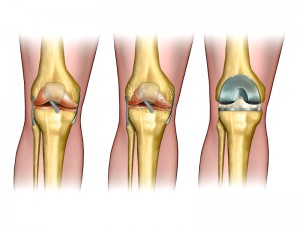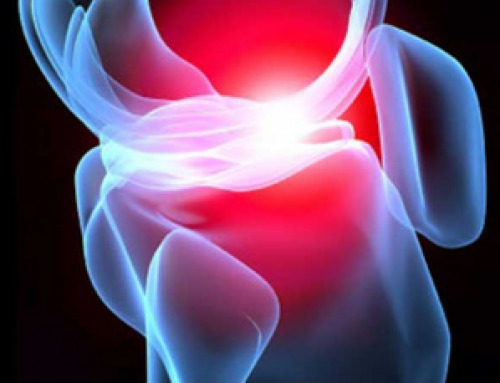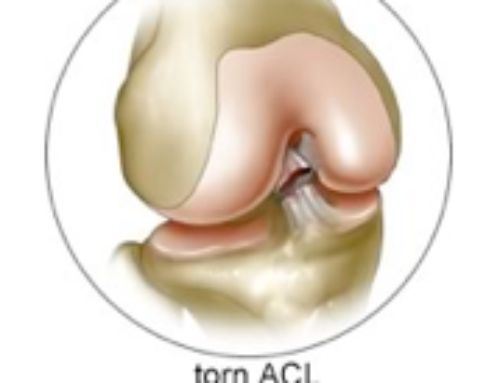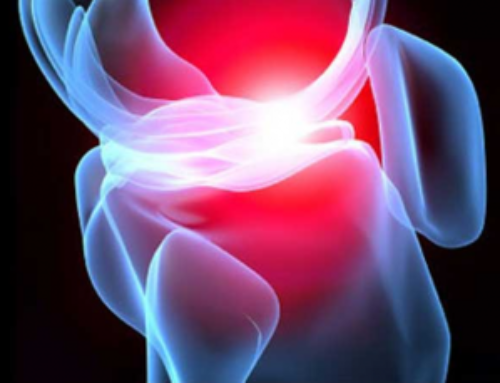What condition requires knee replacement?
The knee is one of the primary load-bearing joints of the body. Aside from supporting the weight of the body, the knee also absorbs the impact from movement, such as walking, running, and jumping. The knee is a hinge joint that connects the femur, tibia, fibula and the patella. Articular cartilage covers the ends of the tibia and femur, as well as the posterior of the patella. This articular cartilage allows the bony surfaces of the knee to glide along each other, allowing smooth movement of the joint. Aside from this, the knee also has two rubbery, C-shaped pads known as the medial meniscus and lateral meniscus. These provide shock absorption for the knee.
As the body ages, the articular cartilage and menisci are worn down. This happens because of the progressive wear and tear of daily use, as well as the normal physiologic process of aging. Cartilage that was once elastic stiffens, further aggravating the damage to the knee. The articular cartilage that protects the knee can be worn down, causing pain and inflammation of the affected joint. This condition is known as osteoarthritis. Osteoarthritis is a disease that appears with aging, and is associated with risk factors like obesity.
Aside from degenerative conditions like osteoarthitis, acute trauma to the knee can damage the structures of the knee to the point where it is beyond repair. Considerations must also be made to the age of the patient, and the potential gains for their quality of life.
How is the knee replaced?
The replacement of a joint is known as arthroplasty. During knee replacement, the entire knee is usually removed: the ends of the tibia, fibula and femur are removed, as well as the patella. The ends of the tibia, fibula and femur are then reshaped by the surgeon to fit the replacement knee. The damaged knee is replaced by an artificial knee implant that is made of non-absorbable material such as polyethelene and metal.
 The implant is then placed and secured in position with screws and surgical glue. The artificial knee implants glide together, replicating the movement of the knee. After the knee implant is in place, the surgeon tests the range of motion of the knee before closing the incision and ending the operation. There have been numerous advances to the field of arthroplastic surgery. New techniques have been developed to allow as much sparing of the bone as possible, and bone-sparing techniques have made partial knee replacement possible.
The implant is then placed and secured in position with screws and surgical glue. The artificial knee implants glide together, replicating the movement of the knee. After the knee implant is in place, the surgeon tests the range of motion of the knee before closing the incision and ending the operation. There have been numerous advances to the field of arthroplastic surgery. New techniques have been developed to allow as much sparing of the bone as possible, and bone-sparing techniques have made partial knee replacement possible.
The knee is immobilized for some time after the procedure to allow healing of the joint. It is recommended that patients who undergo knee replacement surgery should undergo a program of physical therapy and rehabilitation. This will strengthen the stabilizing muscles of the knee, and train the patient how to ambulate with his new prosthetic knee.
What are the outcomes of knee replacement?
Knee replacement is normally tolerated by most patients. Patients are normally able to ambulate soon after the procedure, and most report improvements in their quality of life after the procedure. There are still risks to surgery, however, such as persistent postoperative pain or stiffness, or infection of the surgical site.





